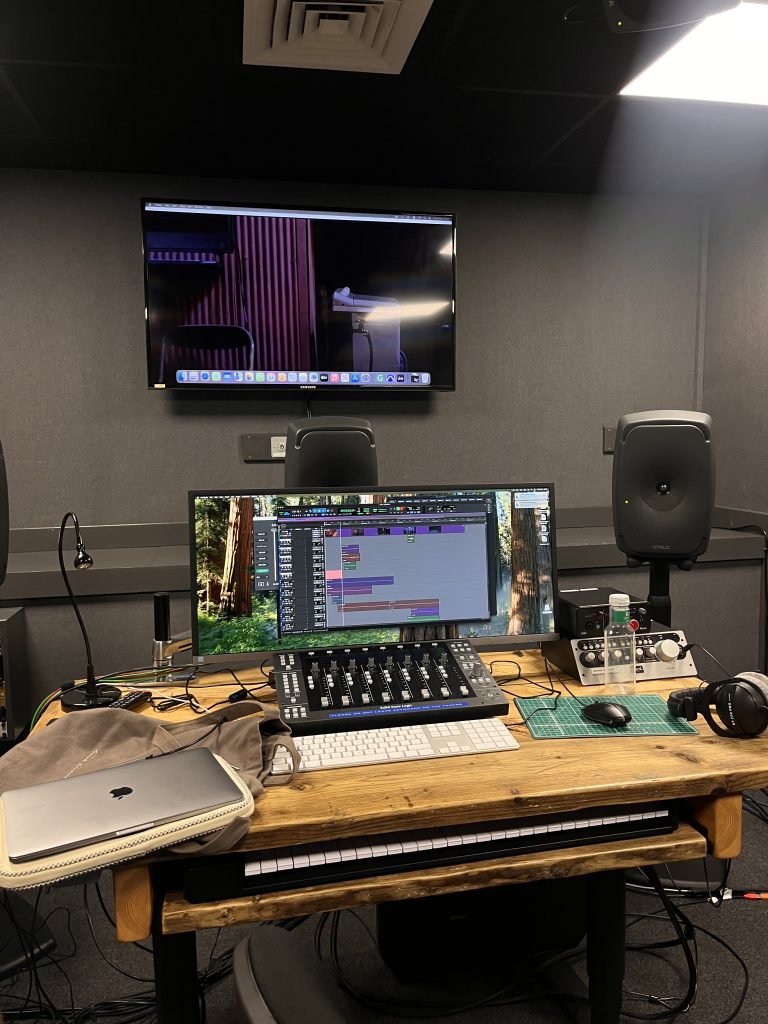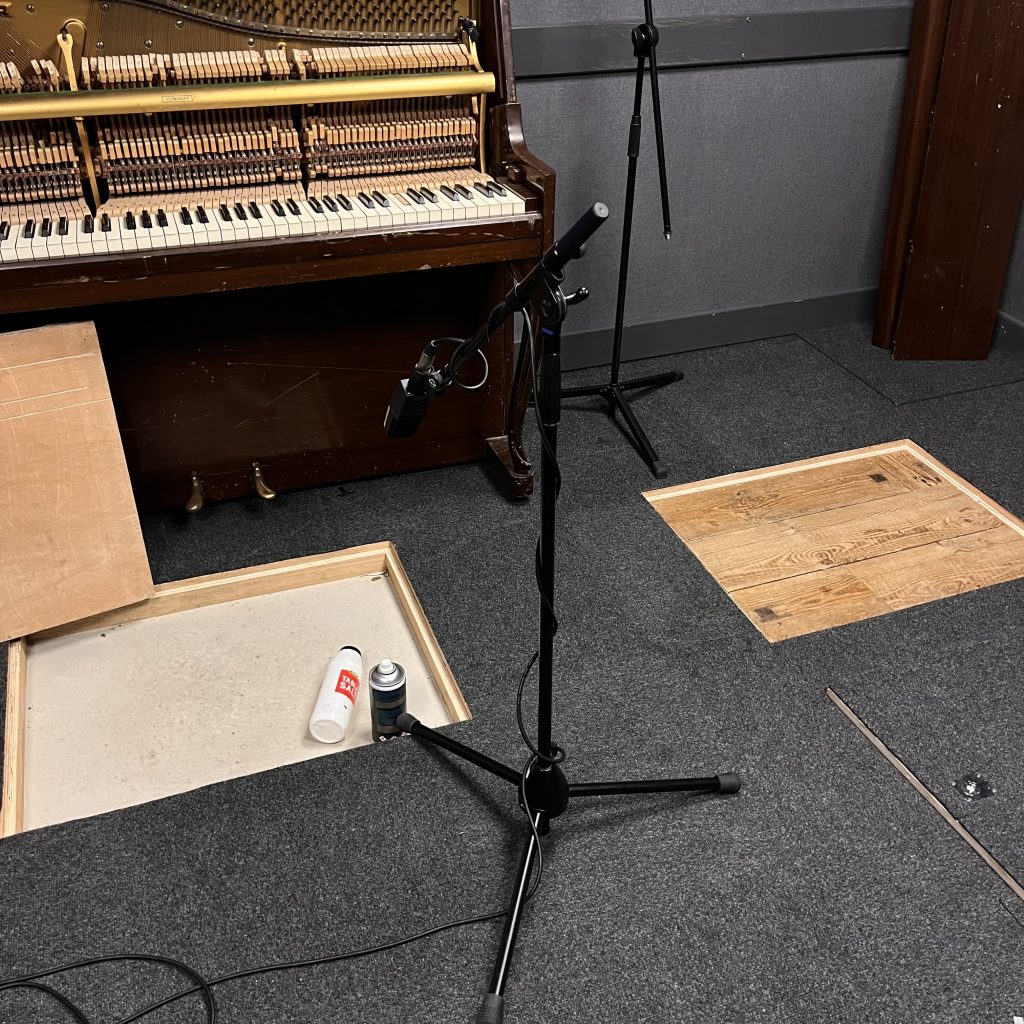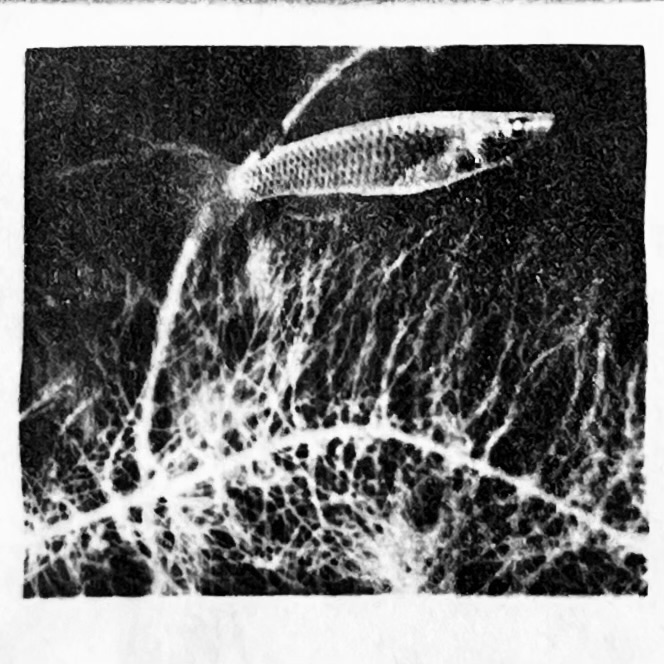While working on the Foley sound design for the film My Uncle, I realized that its sound language was much more complex than I had imagined. Jacques Tati’s films have very little dialogue — their emotion, rhythm, and humor all come from everyday sounds. So during the process, I wanted to use Foley to let the audience truly “hear” the film. To keep the sound authentic, I used many real props, such as the sound of high heels on stone pavement and the soft clinking of tableware.Besides that, I also used substitute props to enhance the auditory effect. For example, I used an iron frame to replace the sound of a chair being moved. This “using fake to create real” method made me realize that Foley is not only about copying reality but also about storytelling and expressing emotion through sound and imagination.
During recording, I faced many technical reflections. The gain had to be very carefully controlled — if it was too high, there would be background noise and too much low frequency. Only by finding the right level could I keep both the dynamics and a clean tone. The microphone position was also very important. Close recording can highlight texture and detail, while placing the mic a bit farther away can create more natural space and depth. I also needed to adjust the mic position and direction in real time according to the sound I wanted. After many tests, I learned to change the mic angle and distance based on the texture of the props, the strength of the movement, and the mood of the scene.
This was a very interesting experience — from using a new DAW, to setting up the recording space, doing Foley, and adjusting the recorded sounds. Every step was an essential part of film sound design.



Leave a Reply